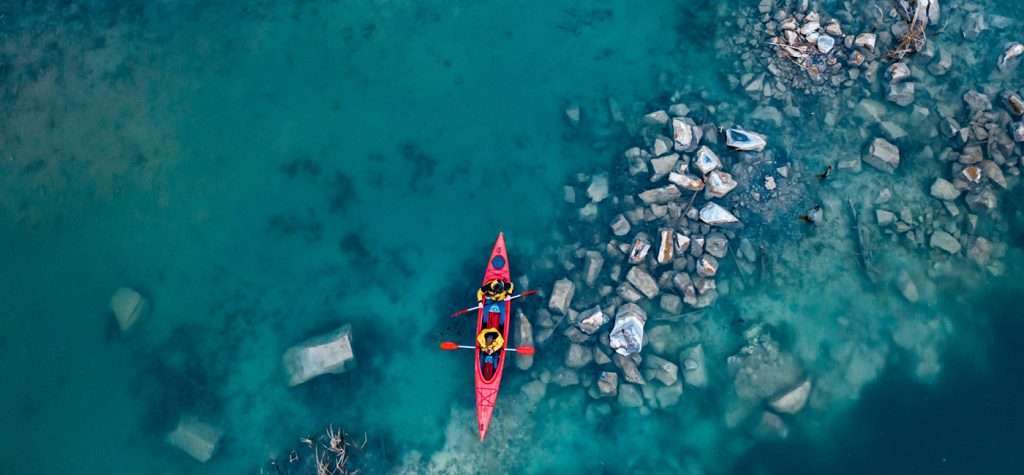You love kayaking, but you don’t know what to do when your kayak needs some care? You’re not alone. Luckily, there are plenty of great resources for boat maintenance tips on the internet that can help you out in a pinch. In this blog post, we will go over how to take care of your kayak and make it last for years!
Don’t Ever Drag Your Kayak
One of the first kayak maintenance tips is to never drag your kayak on the ground. Dragging it can scratch and damage its hull, making it less hydrodynamic in water. Carrying a kayak with one arm across your chest while you use your other hand for balance will keep this from happening!
If you must move around rocky terrain or transport a kayak over wet surfaces, place some old towels under where you are going to walk (especially if there aren’t any rocks) so that you don’t scrape away at the surface of the boat’s bottom.
Know How to Repair A Kayak
The kayak is a high-performance boat that can be difficult to repair. Luckily, there are many tutorials online for beginners who want to learn how to do it themselves! Before you start repairing your own kayak make sure that the area around where you will work on your kayak is clean and dry so as not to damage other parts of it or let water seep into them.
If you need help fixing a hole in your hull, apply silicone sealant inside and out before adding fiberglass strips over top. This creates a strong barrier between any exposed surfaces with waterproofing benefits and helps keep moisture at bay too!
If you notice bubbles forming under the surface of the gelcoat then remove them instantly by poking holes through the surface of the gelcoat with a thin, sharp object.
Replace your kayak’s rudder if it becomes loose and uncontrolled while in use. The easiest way to do this is by removing the old one from its hinges then drill new holes into place to mount the new rudder in place. Make sure you measure out distance so that everything aligns properly before drilling!
Make Sure The kayak Is Completely Dry Before Storing It
In order to make sure that your kayak stays in its best condition, be sure to dry it off thoroughly before storing.
If you notice any leaks around the seams or other areas of concern then use a marine sealant on these spots and apply generously for best results!
Store your kayaks upside down so that no water can collect inside them while they are at rest. This will help ensure that all surfaces stay as free from mold and mildew as possible too!
Store the Kayak in a Place which is too hot or too Cold
If you store your kayak in a place which is too hot or too cold, the different materials within it will expand and contract at different rates.
This can lead to warping of the material and potential damage to the kayak overall. It’s best if you keep an eye on this when storing your vessel for long periods of time!
The place needs to be clean as well so that it does not dust can’t get into the kayak that easily.
Check for Signs of wear and tear on the hull
Ensure there are no major problems hidden beneath the surface of with a quick inspection.
Make sure the kayak has no dents, cracks or scratches on the hull. The paint should be in good condition and not chipped off anywhere. Check to see if there is any cracking at the footrests of your kayak as well!
The seat needs to be firm but pliable enough that you can sit comfortably while paddling too. It’s best when it feels like an extra cushion for your bottom! If anything seems wrong about this area, inspect closer until you find what might have caused these signs of wear and tear. Replacing a broken part before they become worse will help extend its lifetime significantly so don’t neglect them!
Checking for these things quickly each time before heading out can save you a lot of headache and money in the long run.

